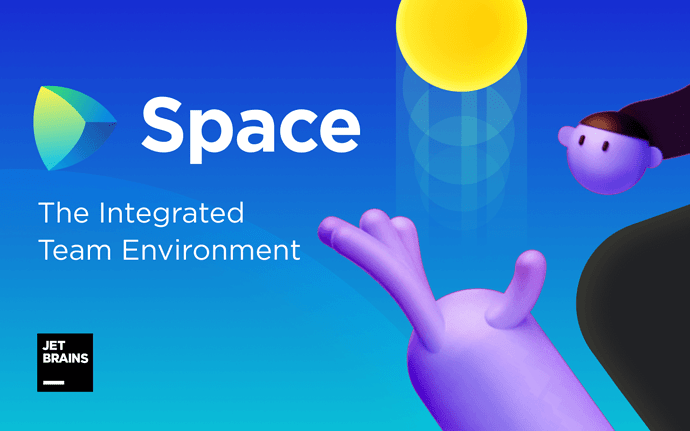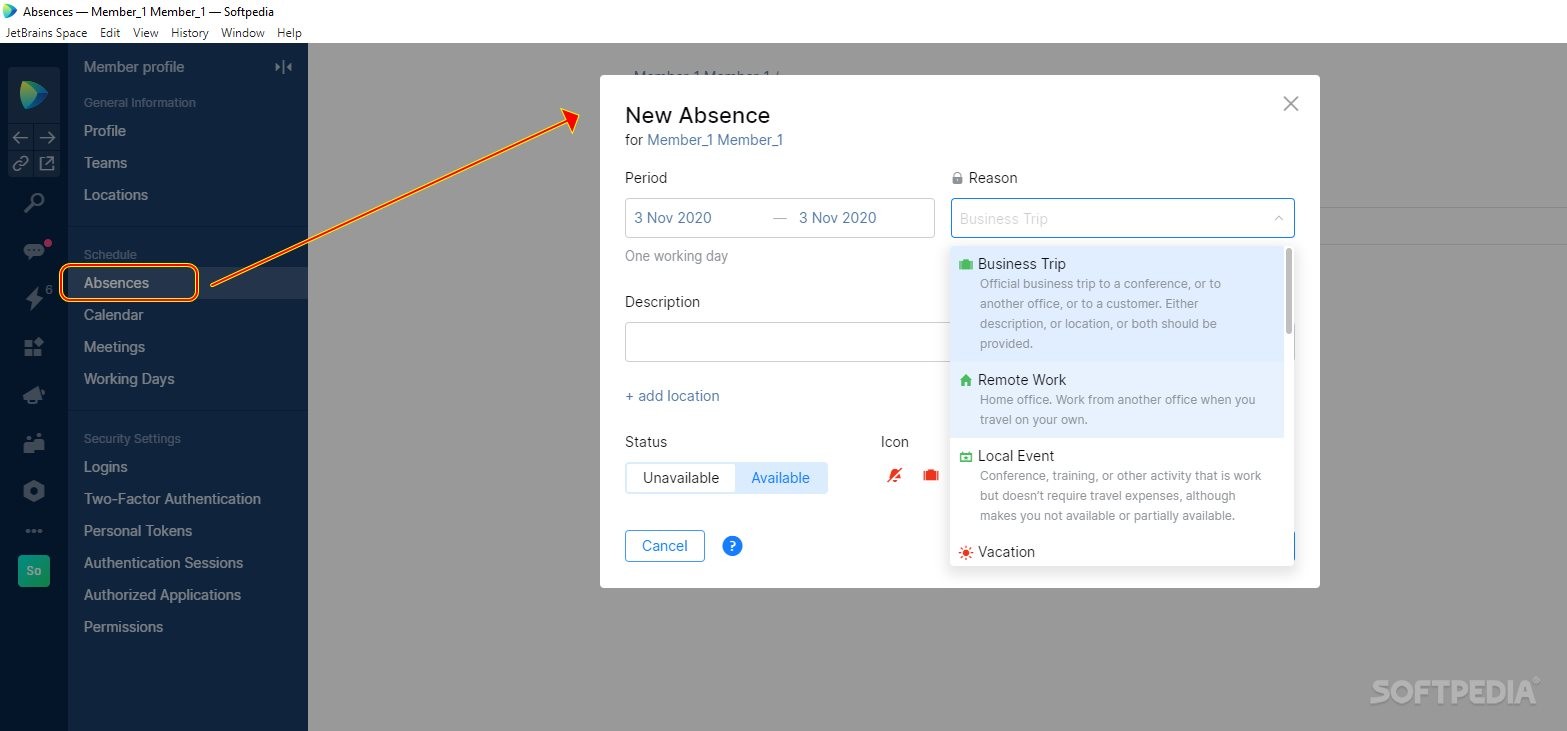

You can easily add all the files from the merge request onto your local copy using the Checkout action in the Review details. Q: Does the merge request interface in IntelliJ IDEA include code highlighting (IntelliJ IDEA warnings, etc.)?Ī: Highlighting is supported in the side-by-side diff viewer if you have the merge request files stored locally. Here’s a small collection of answers to the questions posed during the webinar Q&A: You can also run Gradle tasks in the terminal: Click the button several times to see that the application reacts and updates the UI:.In the Gradle tool window, select sample/Tasks/compose desktop/run:.After the necessary dependencies from the Maven repositories are downloaded, your project will be ready.

You can run and debug the application by clicking Run in the gutter near the main() function declaration: Import .Arrangement import .Column import .fillMaxSize import import import import import import .Alignment import .Modifier import .unit.dp import .window.Window import .window.application import .window.rememberWindowState fun main() = application ! ")īutton(modifier = Modifier.align( Alignment. Open the file for your project and update the version: To use the native distribution packaging, select JDK 15 or later.īefore you start, ensure that you’re using the latest version of the Compose Multiplatform IDE support plugin:Ĭheck the latest release version in the Compose Multiplatform GitHub repository or on the Kotlin website. When creating a project, select JDK 11 or later. Starting with 2020.3, IntelliJ IDEA comes with a new project wizard that can automatically create a Compose application. The plugin shows how a particular composable function looks in the IDE.

Compose Multiplatform desktop application


 0 kommentar(er)
0 kommentar(er)
